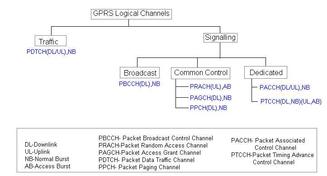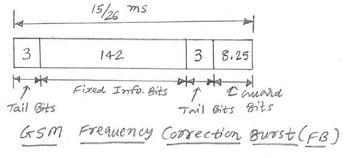
2G GSM Call Flow and Network Entry
Explore the 2G GSM call flow, detailing network entry procedures, authentication, and call setup between mobile devices and base stations. Includes a call flow diagram.
Showing 17 posts (Page 1 of 1)
Advertisement

Explore the 2G GSM call flow, detailing network entry procedures, authentication, and call setup between mobile devices and base stations. Includes a call flow diagram.

Explore 2G GSM network interfaces: Um, A, Abis, and Asub. Learn how these interfaces connect key network elements like BTS, BSC, and MSC for seamless communication.
Explore the world of mobile operating systems, including iOS, Android, and more. Understand their key features, security aspects, and evolution in modern mobile devices.

Explore GPRS, a packet-switched technology for data connections over GSM networks. Learn about its architecture, frame structure, channels, and more.

Explore femtocell handover techniques in 3G UMTS networks, challenges like interference and mobility management, and solutions for seamless connectivity and improved QoS.
Overview of GPRS network interfaces (Um, Gb, Gn, Gp, Gi, Gr, Gc, Gf, Gd, Gs) in the transmission and control planes, detailing their functions and protocols.

Learn about GPRS mobile measurements for conformance testing based on 3GPP standards, covering transmitter and receiver tests.

Explore GSM and GPRS Radio Resource Control (RRC) state diagrams, including idle, dedicated, standby, and ready states. Learn how mobile devices transition between states for efficient network communication and resource management.

Explore the GSM (2G) architecture, including Mobile Station, Base Station Subsystem, and Network Switching Subsystem, with detailed diagrams and explanations.

Learn about the different types of GSM bursts (Normal, Frequency Correction, Synchronization, Access) and their roles in ensuring proper communication between mobile and base stations.

Explore the different types of GSM channels (logical, physical, combined, and non-combined) and their functions in a 2G network for efficient mobile communication.

Explore the GSM frame structure, including hyperframes, superframes, multiframes, frames, and time slots. Understand the 26-frame and 51-frame multiframe structures.
Understand GSM logical channels (TCH, BCCH, CCCH, DCCH) used in 2G networks for transmitting user data, control, and signaling information between mobile devices and the network.
Explore GSM mobile station measurements, including RSSI, frequency error, and receiver sensitivity, crucial for network optimization and conformance testing.

Explore GSM RF planning, including BCCH frequency allocation, GSM bands, ARFCN, and frequency reuse strategies for optimal network performance.

Explore GSM speech processing, covering voice digitization, codecs (FR, HR, EFR, AMR), compression (LPC), and error resilience techniques.

Learn GSM basics, architecture, interfaces, frame structure, channels, protocol stack, and advantages in this comprehensive tutorial.
Advertisement